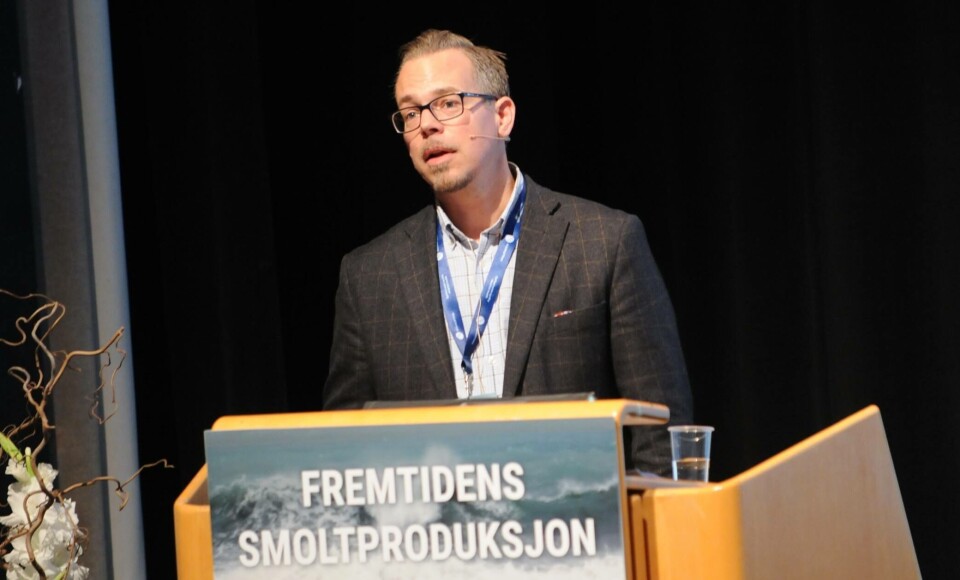
Land-based salmon farming ‘will remain niche’ for now
Carl Ivar Holmen is building one of the largest land-based salmon farms in Norway but does not believe the salmon industry will move completely on land any time soon.
Holmen is the general manager of Salmofarms, which is currently building the farm in Rjukan in Telemark in the south of the country. Completely expanded, the plant will have an annual production capacity of 10,000 tonnes, but in the first stage there will be room for 5,000 tonnes.
“I disagree with arguments from some that Norway should not invest too heavily on land or offshore because we are giving away our benefits. There must be two approaches at the same time,” he said during the recirculating aquaculture systems conference run by CtrlAQUA and Nofima at Sunndalsøra this week.
The farm will use freshwater, and Holmen believes there are some clear advantages in producing salmon on Rjukan, several miles from the coast. The groundwater that will be used is very clean and has a good temperature.
Trade-off between costs
It’s one reason why he does not agree with the theory that land-based production can take place all over the world. “This will be a trade-off between production costs and transport costs,” he says.
“If you have to cool the water in other parts of the world before entering the plant, it also has a cost to calculate.”
Another advantage for Salmofarms is that Rjukan is also close to the oxygen producer Praxair, which is only three kilometres away. And not least, Holmen points out that Norway is to its main salmon markets, which are in Europe.
The company has started the project and, according to Holmen, is likely to complete its financing over Christmas.
Area-intensive
The Salmofarms boss further says that he does not believe all Norwegian salmon will end up as land-based production.
“It is very area-intensive to move everything on land, but we now manage to produce about 300 kg per square meter per year. One should not forget that Norway is the country that knows most about aquaculture in the world,” he says.
For that reason, Holmen thinks sea-based facilities will still be seen in the future.
“I do not think you will see the largest facilities on land in Norway, but we may get more pilot plants of 5,000 to 10,000 tons. Land-based production will probably be a niche for a long time,” he adds.
Holmen also believes that there will be no immediate drop in in-sea production costs.
Lice here to stay
“A new level of production costs is definitely established. For ten years, I have heard that lice are a temporary problem. I do not think so anymore, if you do not move the salmon out of its natural element.”
He also points out that all industry in Norway has a requirement for emissions, but that salmon farmers are not so highly regulated in this way.
“Such regulations will eventually also come here,” he predicts.
Finally, he brought up the challenge of financing.
“Financing is a difficult and demanding battle. It’s very important to have good projects to get money. There are probably many investors sitting on the fence who want to see how it goes (with Atlantic Sapphire) in Miami and (Nordic Aquafarms and Whole Oceans) in Maine before they dare to commit,” he concludes.




















































